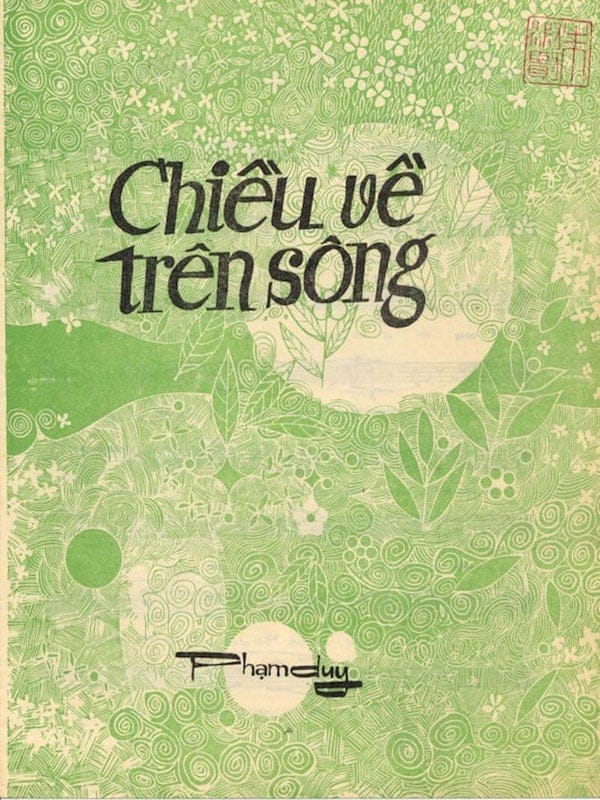Rowing is the only sport that originated
as a form of capital punishment…
 rossed a major milestone in paddling: 10 kilometers roundtrip finished in 2h 15′ (including resting time), speed – made – good averages out at 4.4 kilometre per hour (km/h), or almost 2.4 knot. That is already better than the baseline usually applied for casual paddlers at about 3.3 km/h, but much behind that of frequent paddlers, they can easily make it at 5 ~ 6 km/h. Of course, velocity depends on various other factors, most importantly the boat and paddle designs, which I currently don’t have much choice.
rossed a major milestone in paddling: 10 kilometers roundtrip finished in 2h 15′ (including resting time), speed – made – good averages out at 4.4 kilometre per hour (km/h), or almost 2.4 knot. That is already better than the baseline usually applied for casual paddlers at about 3.3 km/h, but much behind that of frequent paddlers, they can easily make it at 5 ~ 6 km/h. Of course, velocity depends on various other factors, most importantly the boat and paddle designs, which I currently don’t have much choice.
About range, that’s still not half of my ultimate (projected) target somewhere around 25 km, which approximates a typical whole – day canoe camping trip. Still having a very large gap to try and overcome! Paddling for me is not racing, and like they often say: it’s a marathon, not a sprint!
, but you need some measures to evaluate your performance progress anyhow. As I paddle on, I’ve learned some below lessons.
Most beginners like me are low – angle paddlers, naturally. That is arms rarely raise up to shoulder level, the paddle’s shaft is more often in a horizontal position, the “angle of attack” at which the paddle’s blades enter water is much smaller than 90°. In contrast, high – angle paddling requires keeping ams at shoulder level, paddle’s blades penetrate water in a near – vertical manner. For beginners, the first approach cause less tiredness: arms don’t need to be kept high, and movements are easier.
But high – angle is more efficient: first, blades enter water at steep angle, providing more propulsion. Second, blades are nearer to the hull, producing less turning moment and more forward – pushing torque. And third, most importantly, not just your arms pull and push the paddle, but the rotation of your torso brings much force into action, and helps relieving stresses to your hands and arms. So, I’ve tried overcoming the fatigue of high – angle paddling, in the long run, it will make benefits.
Paddling a boat sometimes reminds me of the Latin phrase: Mobilis in mobili
, yes you may have remembered it, captain Nemo’s personal motto in Jules Verne’s famous novel: Twenty Thousand Leagues Under the Sea, moving in a moving environment, moving amidst mobility… 😀 The wind, the wave, currents, all affects your rowing, sometimes you go along the current, sometimes against it, sometimes with the aid of winds and sometimes, winds are your enemy.
And the waves too, on the rivers where I go paddling, waves are mostly under 1 foot high, upto 2 feet in the wind gusts, not enough to pose any threat to the boat’s stability, but can make lots of troubles in keeping up a steady course. Sometimes, the current, wind and waves, all at the same time, corporately and deliberately push me off course, sometimes I could hardly make an advance at all, and it turned out to be a real fight in which I need to keep my stamina over a long distance and over extended period of time.
Some of my lessons learned: don’t put too much effort into each paddling strokes, perform strokes gently in a smooth rhythm. Don’t paddle in too shallow water (less than 1 ~ 1.5m), that will considerably reduce boat speed by 1/4 ~ 1/3. (I don’t really understand the physics of this fluid – flow dynamics though). Don’t try to perform many corrective strokes: sometimes the boat is not on an intended heading (e.g: there’s usually some flow turbulence where river changes its direction, or where river’s branches join…)
And you would try to correct it by adding more strokes on one side, it’s not the right way. Instead, just paddle in balance, then offset the heading by a small angle to compensate the dragging effects. That will eventually make your boat’s path slightly zig – zag, but in reality, a direct line is not always the shortest path between 2 points, it’s so in the 2D Cartesian space (e.g: map) only, not in a higher – dimensional space where we take other factors (current, wind…) into account.





